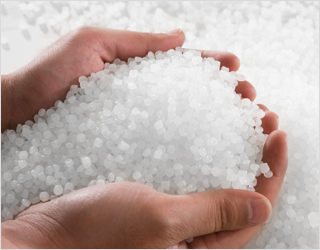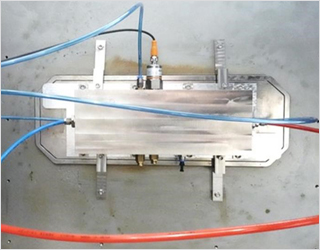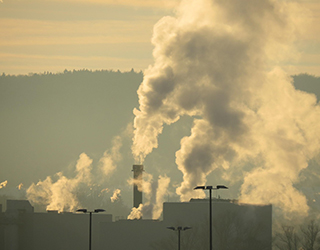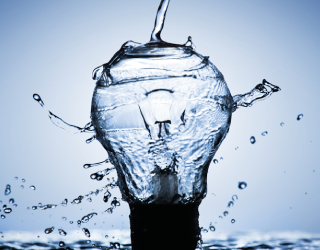Innovative solutions for environmental technologies make a decisive contribution to conserving resources and reducing emissions.
We develop processes, for example to stimulate bioleaching processes for the environmentally friendly extraction of metals or technologies for the sustainable purification of waste water and waste gases.
Plasma-activated water ensures environmentally friendly purification. Low-energy electrons can break down persistent micropollutants, e.g. pharmaceutical residues, in wastewater and thus significantly improve the efficiency and range of biological treatment processes. For waste gas treatment, we use low-energy electrons to efficiently eliminate pollutants.
In the field of energy storage and the utilization of renewable energies, we offer, for example, the development of thermal barrier coatings for turbine blades and special coatings for fuel cells. The generation of chemical energy storage from renewable energy using electron beam-based plasma synthesis processes is another important research focus.
We are also working on solutions for material recycling in order to enable sustainable reutilization through modern coating processes.
The phytosanitary treatment of seeds with low-energy electrons is a purely physical process that does not require the addition of chemical additives and can therefore be particularly environmentally and socially friendly.
 Fraunhofer Institute for Electron Beam
Fraunhofer Institute for Electron Beam








